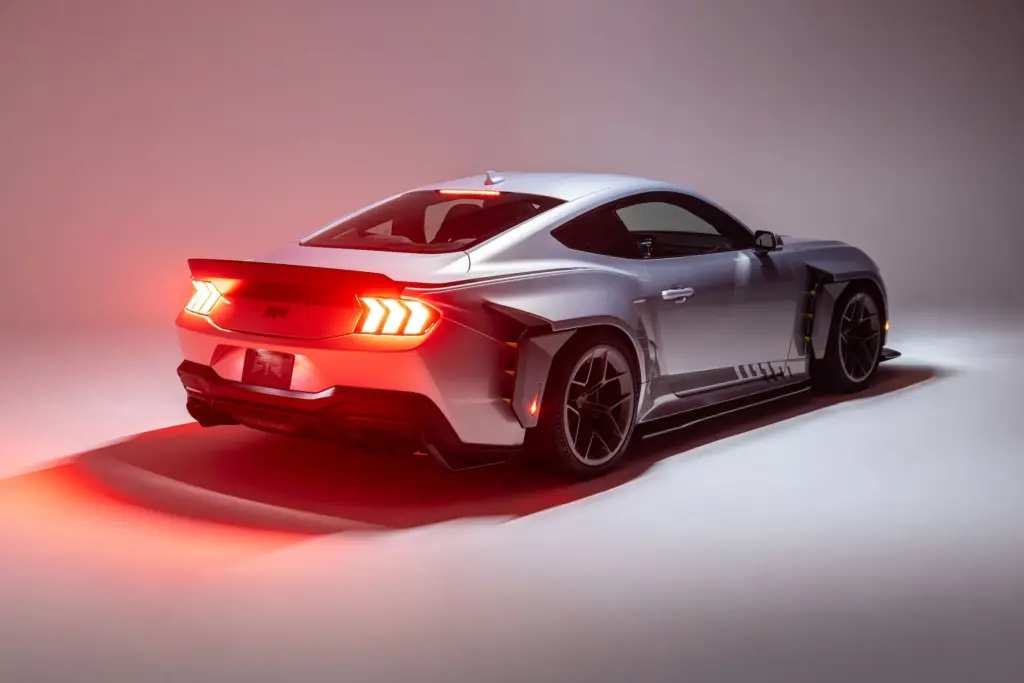The new Lexus Supercar Concept, nicknamed by many as LFR, arrives with a fierce look and impressive engineering. Front-mounted twin-turbo V8, set-back position, rear-wheel drive, and likely transaxle at the back. No fuss: it’s a concept that seems ready for the track and GT3 homologation.
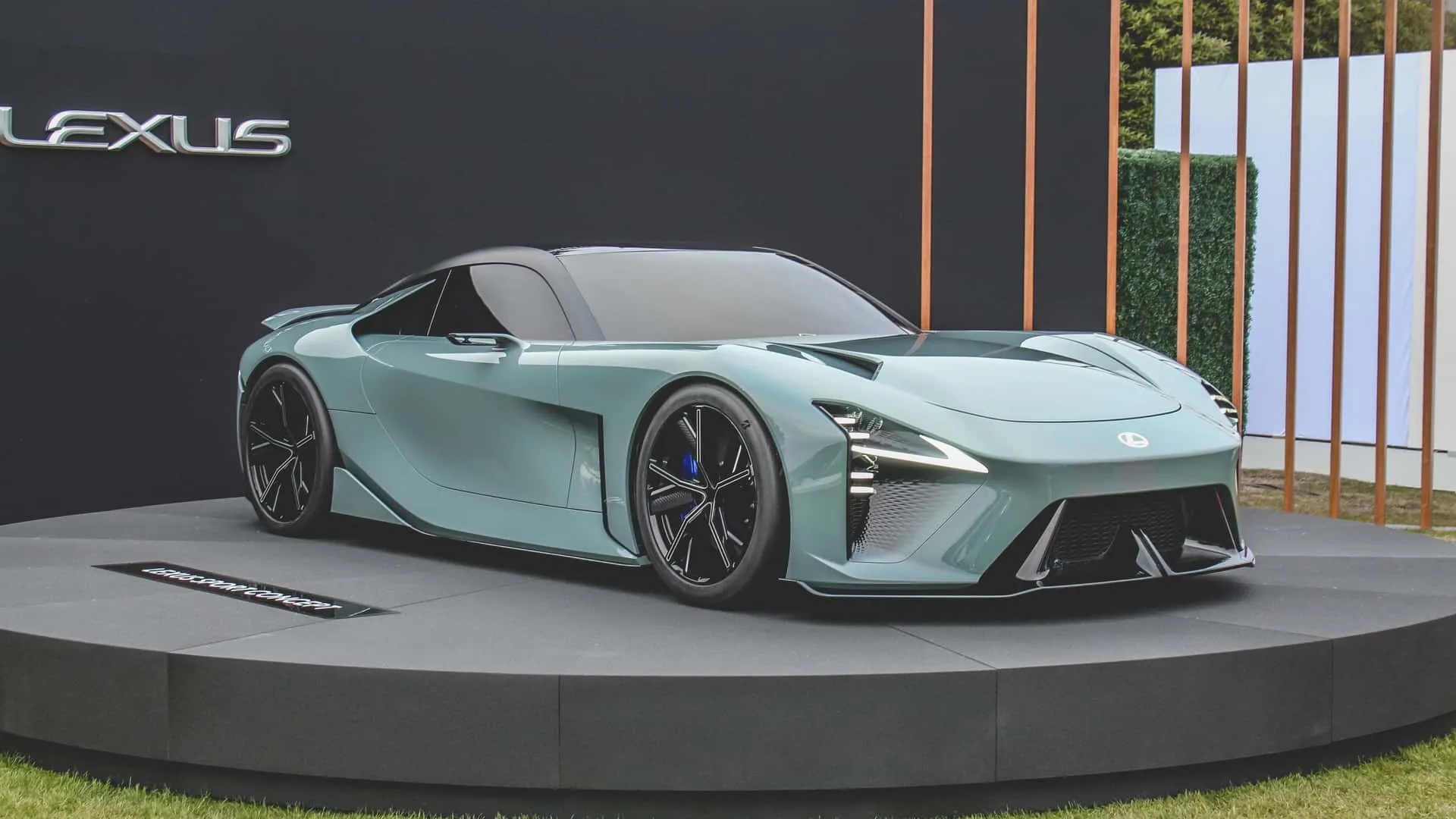
The message is simple: aggressive design, massive cooling solutions, and racing details. If you thought it was exaggerated, good — that’s exactly what a next-generation supercar should be.
What is the Lexus Supercar Concept and why does it matter?
It’s a preview of a front-engine sports car focused on pure driving pleasure and serves as a foundation for an in-house GT3 race car. No official power figures yet, but with the confirmed twin-turbo V8 and a serious machine stance. The manufacturer describes it as a “progressive, future-focused, yet genuinely authentic sports car.”
“The progressively styled, future‑focused yet truly authentic sportscar…” — Lexus Global.
On the supercar stage, it targets those who take the track seriously but still want a street car with soul. In this brutal field, it’s worth remembering civil projects with track car DNA like the Mustang GTD Liquid Carbon, which elevated downforce and rigidity to another level.
What is the architecture like: V8 twin-turbo, drivetrain, and transmission?
The layout is classic purist machinery: front-rear mounted engine (almost centered), rear-wheel drive, and very likely a transaxle transmission at the back for better weight distribution. The reference used during development? The old AMG GT R, one of the best front-engine transaxle cars in recent years, according to specialized press. It makes technical sense, and damn, it works.
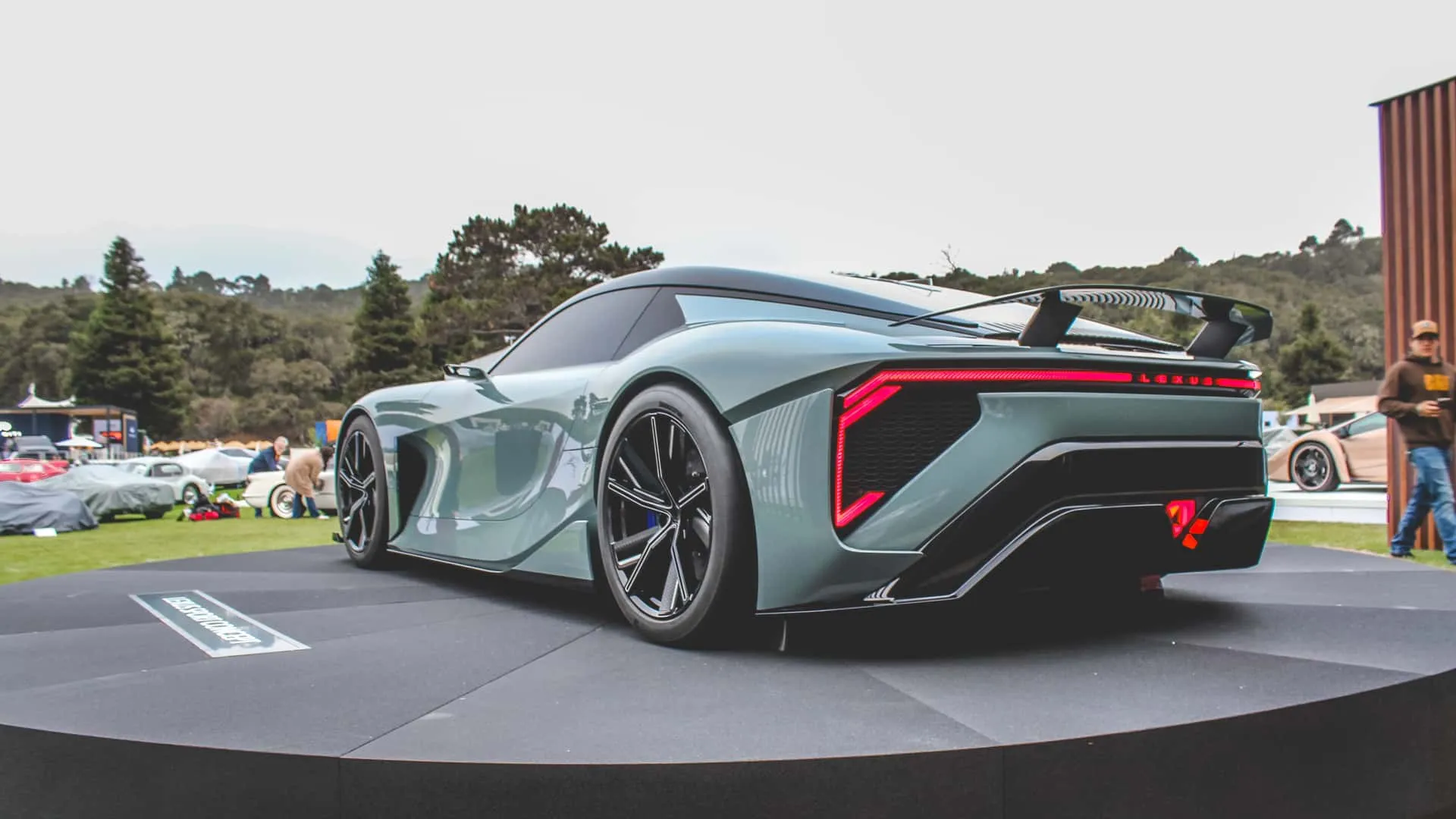
This setup places the center of gravity where it counts, with a planted rear axle and high-speed responses. It’s not the only way, but it’s proven to deliver lap time advantages — compare it with other philosophies, such as the naturally aspirated V12 manual of the GP1 “hardcore hypercar”, which relies on pure emotion instead of twin-turbo and transaxle.
What are the notable aero and cooling solutions?
It’s impossible to ignore: exhaust outlets under the wing, massive air intakes reminiscent of the LFA, and ducts behind the windows that likely feed the brakes and/or transaxle. There are also four mini-fans embedded in the high-mounted brake light — a nerd detail to control heat where no one sees. Seriously, it’s these touches that make fractions of a second difference.
As a baseline for GT3, expect a functional, adjustable aero kit without gimmicks. Toyota has already set the path with its racing concept, the GR GT3, which focuses on balancing efficiency and real aerodynamic downforce. This isn’t just about “mean looks”; it’s engineering that performs.
Confirmed and Likely Technical Highlights
- Front-mounted twin-turbo V8
- Rear-wheel drive, purist focus
- Likely rear transaxle
- Exhaust under the rear wing
- Vents and ducts styled like the LFA
- Base for in-house GT3 car
How does it compare to rivals and the future GT3?
As a front-engine supercar, it competes in the same realm as high-boost aerodynamically sophisticated machines. In top speed and aero efficiency, the conversation recalls the “crazy” record battles we’ve seen with speed-focused projects like the Koenigsegg Jesko Absolut against extreme electric hypercars.
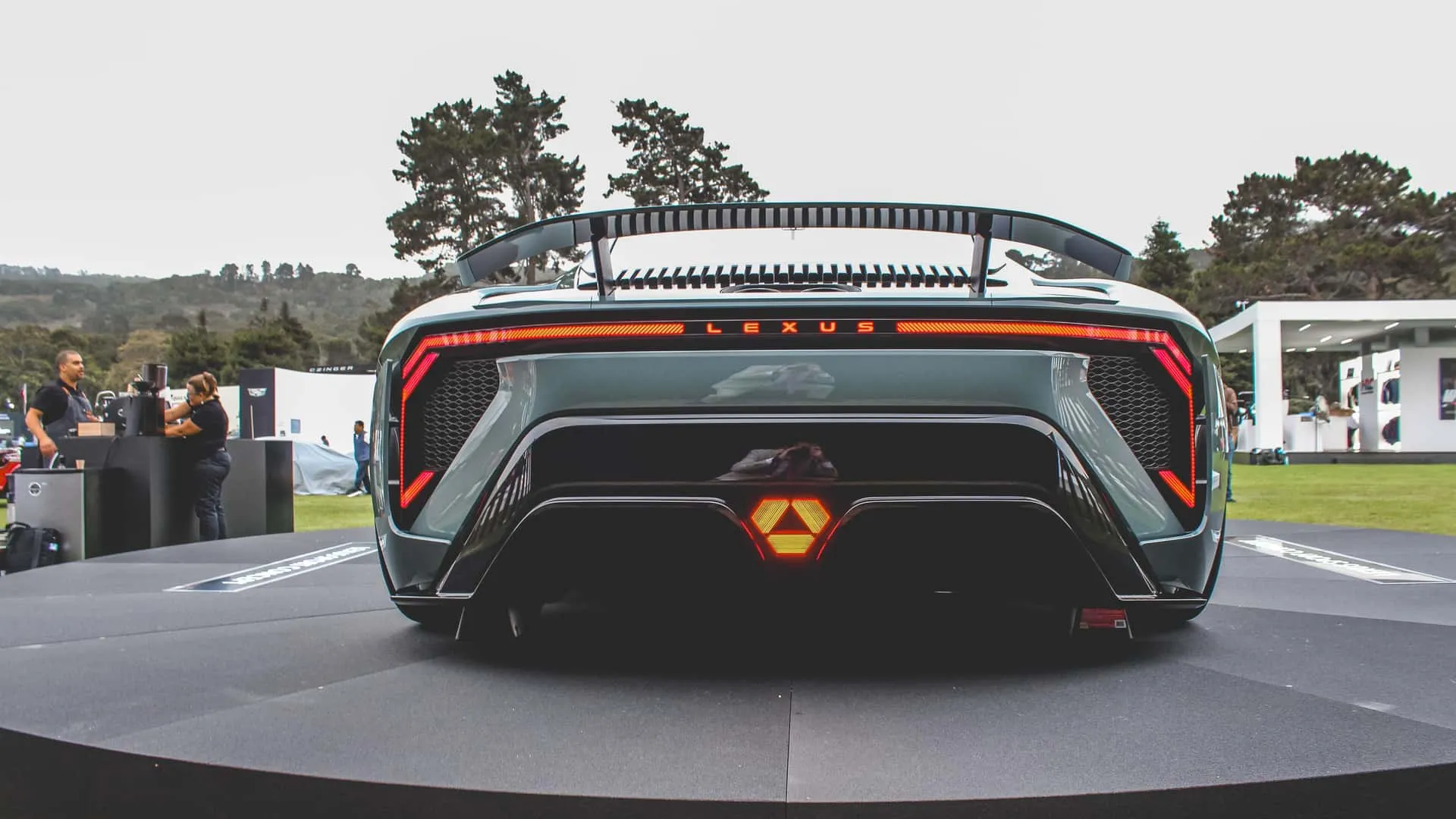
On the opposite end, high-performance EVs emphasize instant torque and advanced vectoring. But the LFR plays the game of mechanical sensation and “big rear-drive.” It’s a hot contrast to extreme track electric cars like the YangWang U9 Track Edition, which rely on absurd numbers of power and millimeter-perfect electronic control.
What to expect in terms of performance, price, and availability?
Official figures? Not yet. But with a twin-turbo V8 based on GT3, expect a very aggressive 0–60 mph time, a top speed appropriate for the aero package, and track times that’ll shut up skeptics. Cost? No official price yet, but expect six figures in dollars or euros, no sweat. If you’re complaining, well, this toy wasn’t made to be cheap.
If the design and concept remind you of hypercar eccentricities, that’s understandable. The market already has cars with jaw-dropping looks and prices, like the Lamborghini Fenomeno. The difference is that Lexus seems to aim for a more “hardcore engineering” direction rather than just spectacle.
“Inspired concept to signal the design direction for the next generation.” — Lexus Global.
“GR GT3 Concept: focusing on customer racing and sustainable performance.” — Toyota Gazoo Racing.
Quick comparison — where the LFR can shine
- Compared to mid-engine: more predictable at the limit
- Compared to track-only EVs: pure mechanical feedback
- Compared to V12 N/A: big torque in the low end
- Compared to turbo rivals: ready GT3 package
- Compared to “soft” GTs: much sharper setup
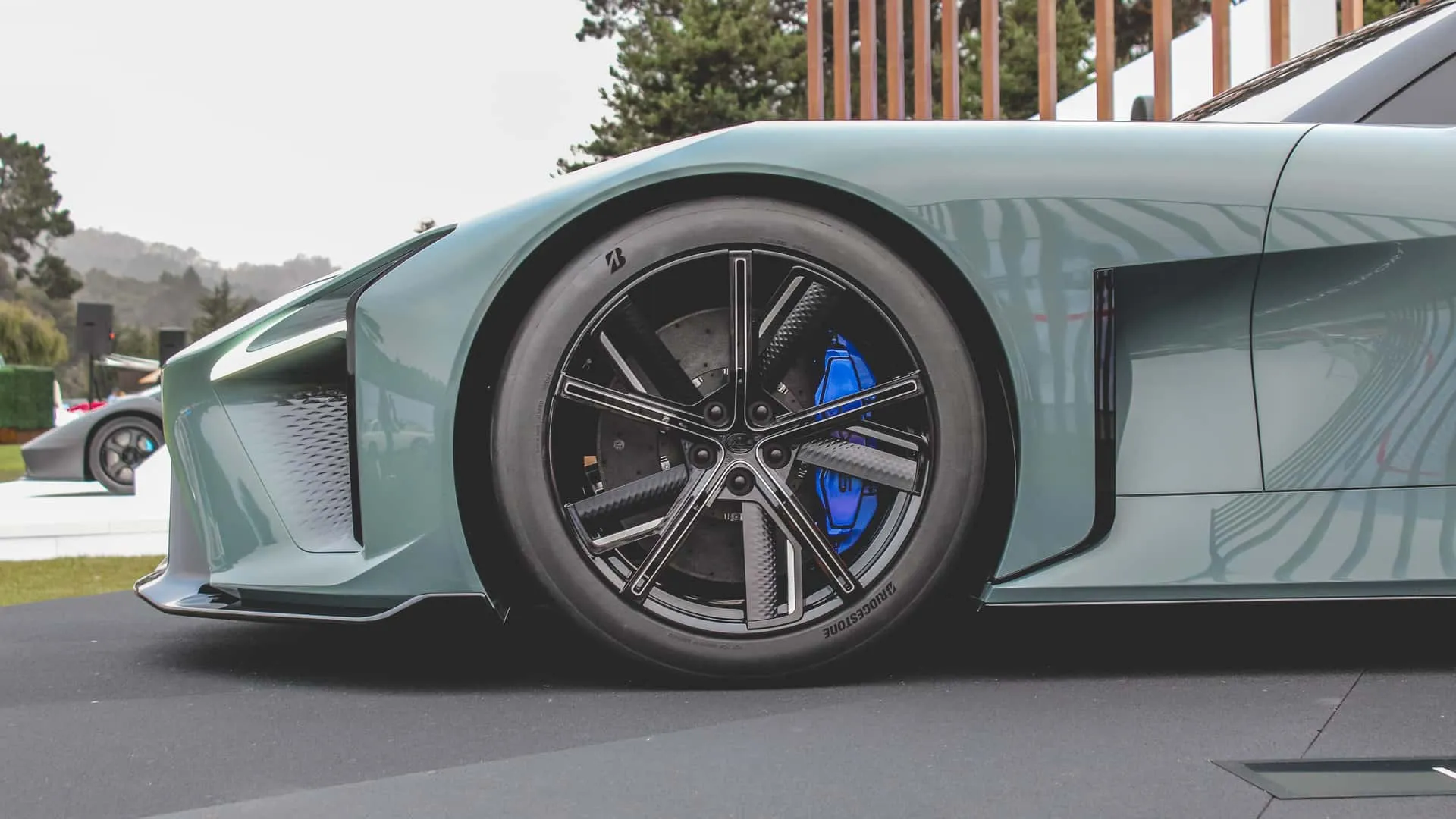
FAQ — questions you’d ask now
- Will it be hybrid? No confirmation yet. The current focus is on the twin-turbo V8 and GT3 base.
- Will it have a manual transmission? Unlikely for a modern GT3 package with a twin-turbo V8.
- Release date? Not announced yet. It’s a concept, but with a look close to production.
- Estimated price? Six figures in dollars/euros, depending on versions and production run.
- Will there be a Toyota version? Yes, as a basis for GT3, aligned with the path of the GR GT3.
My take: this Lexus isn’t just “another pretty concept.” The product language, the front-mounted twin-turbo V8, the probable transaxle, and the cooling details show it was designed to fight on the track and impress on the street. Less show, more substance. If it delivers proper ergonomics, sharp chassis tuning, and heat management tough enough for hell, it’ll be a serious nightmare for rivals. And if not… well, it’ll just be another “good-looking” concept. But I have a feeling it won’t stay just talk.
Liked the concept? What do you expect from the LFR: more track, more street, or both? Drop a comment below and let’s chat.

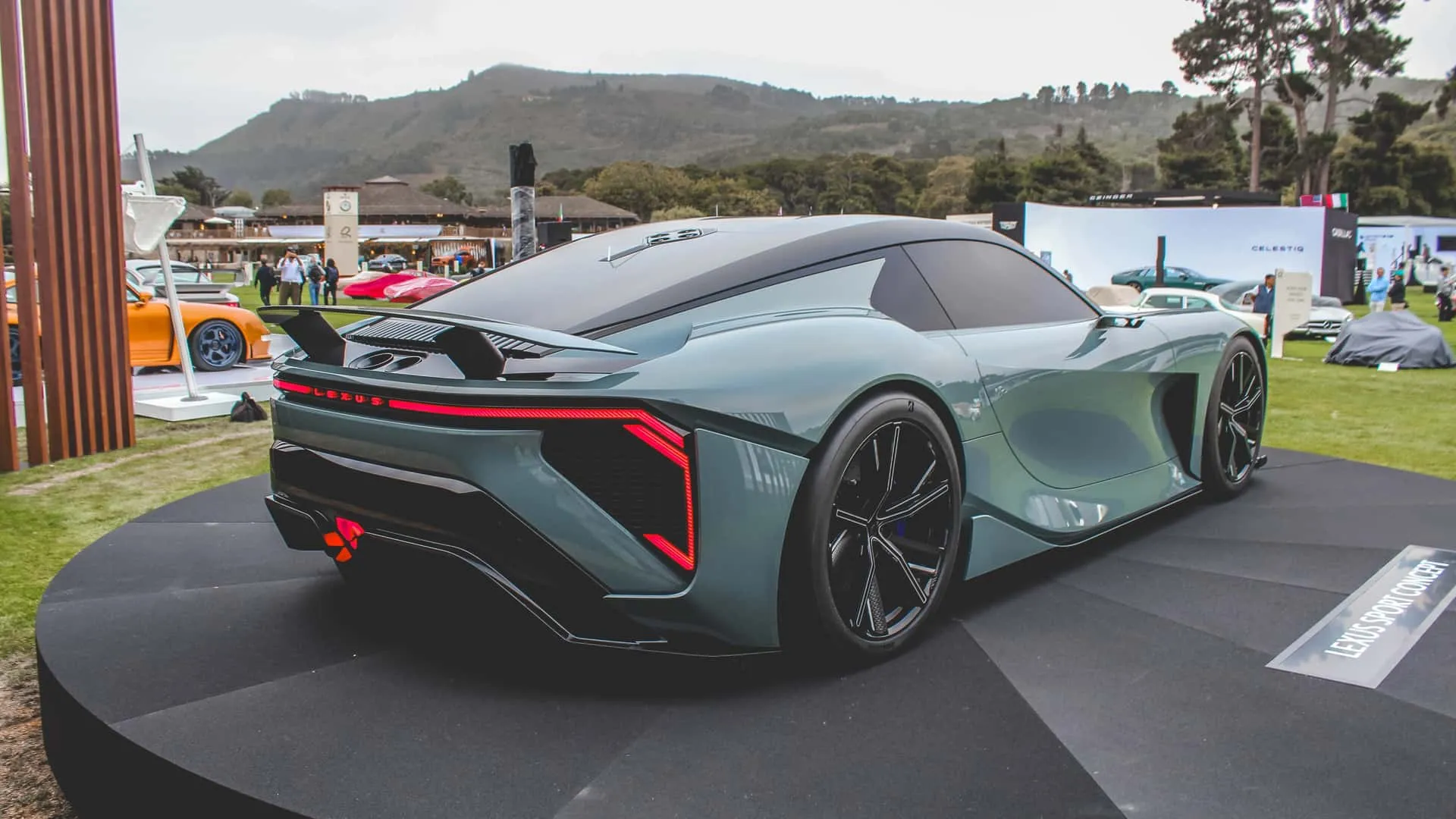
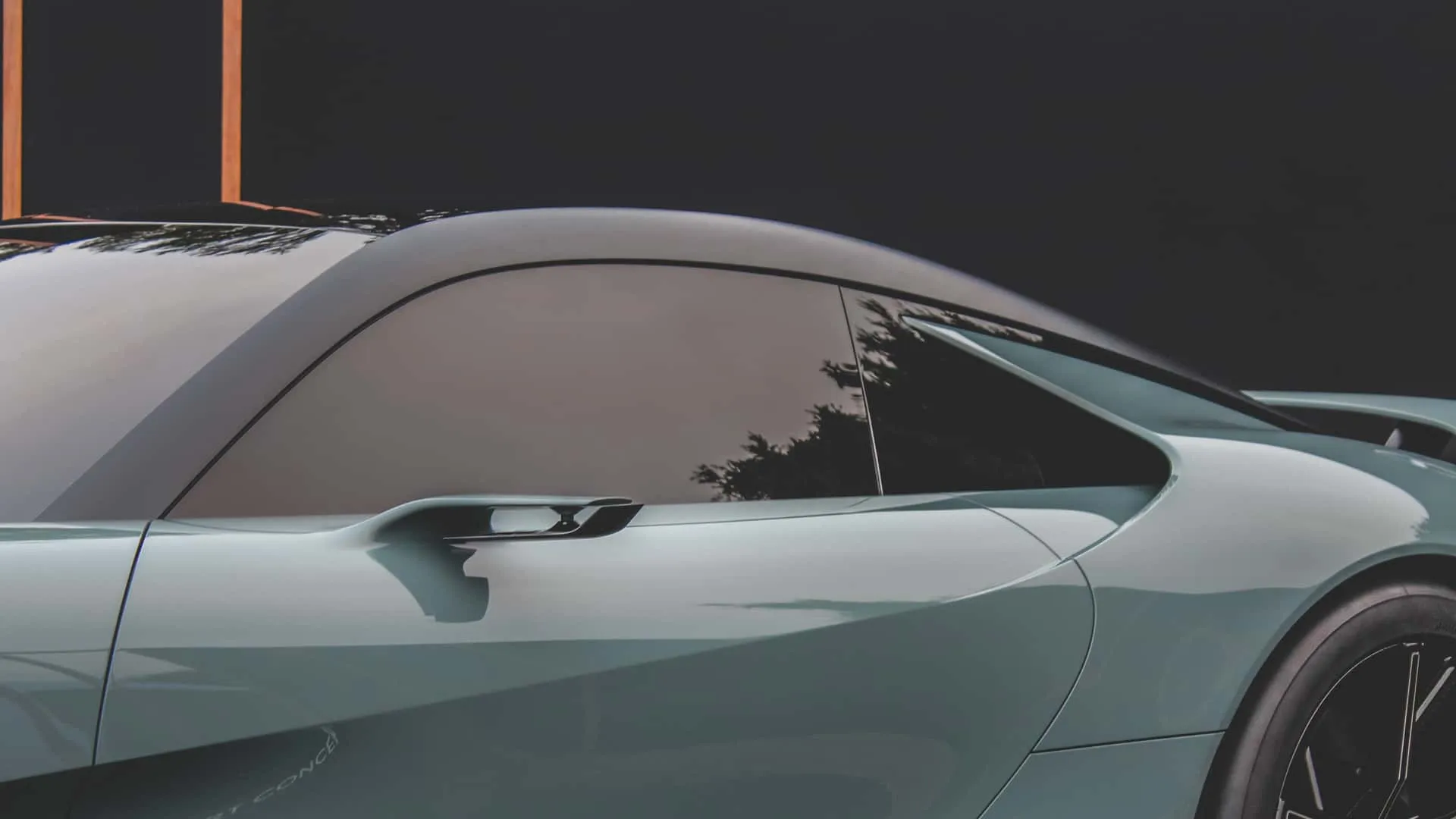
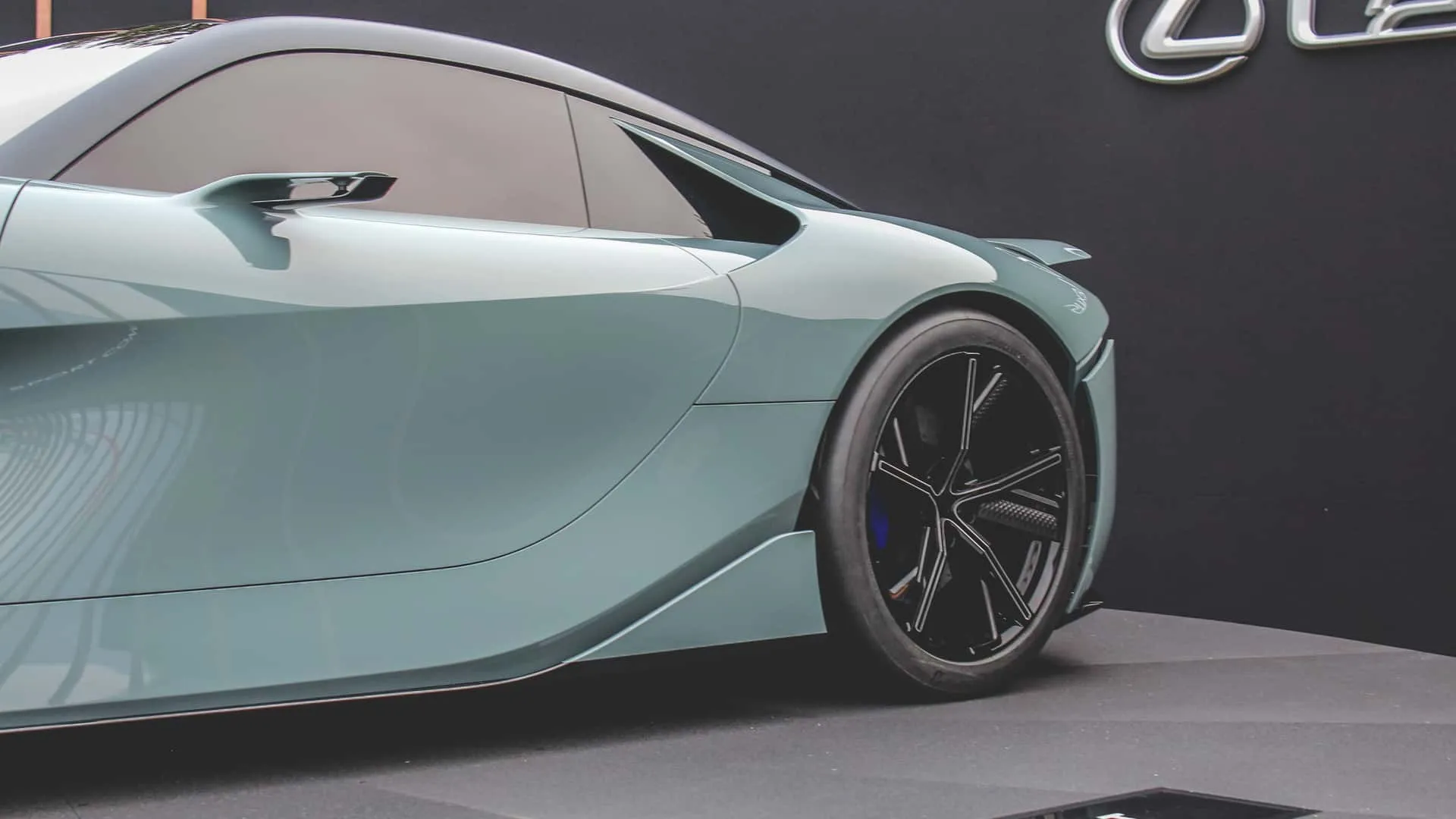
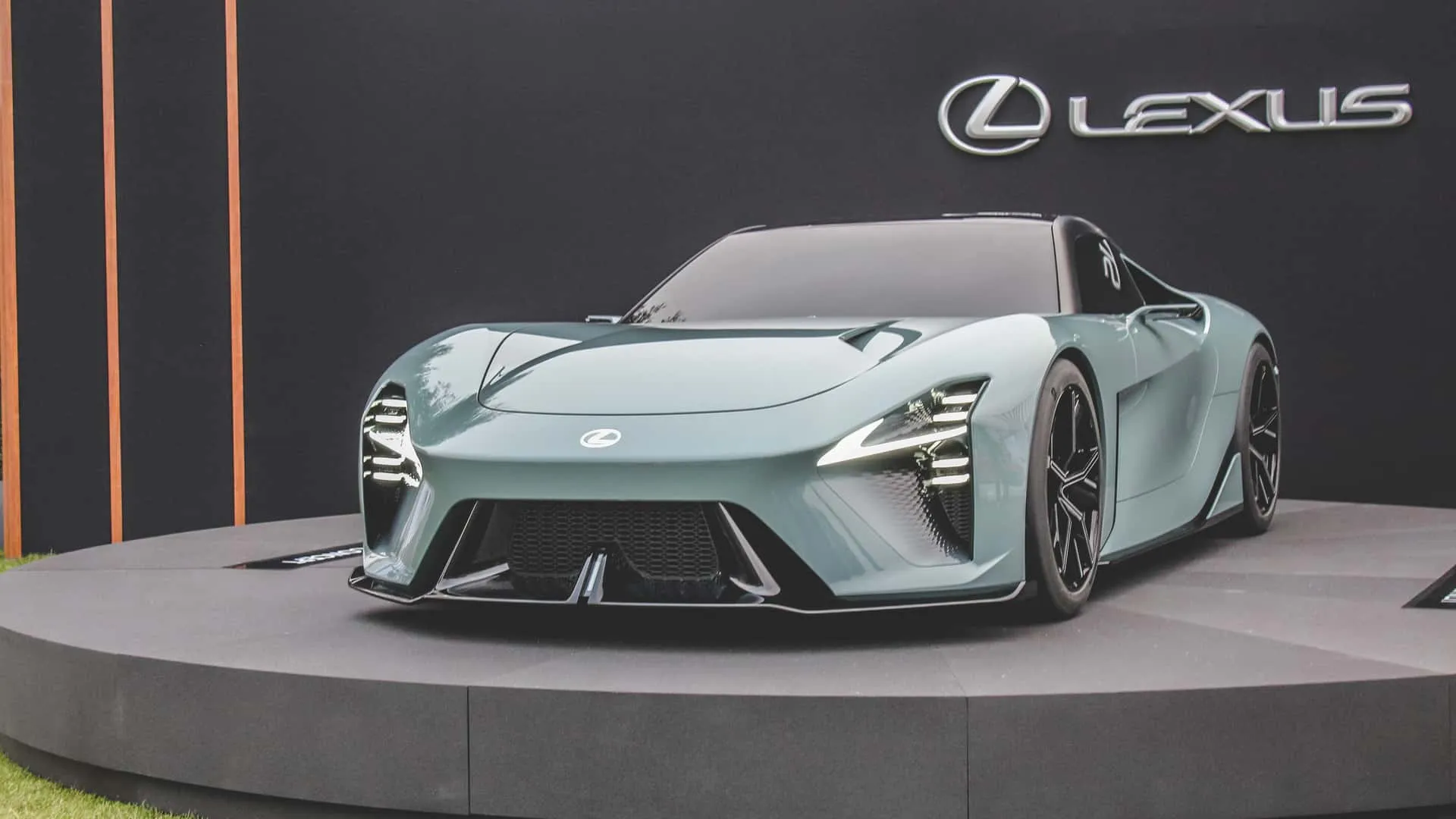
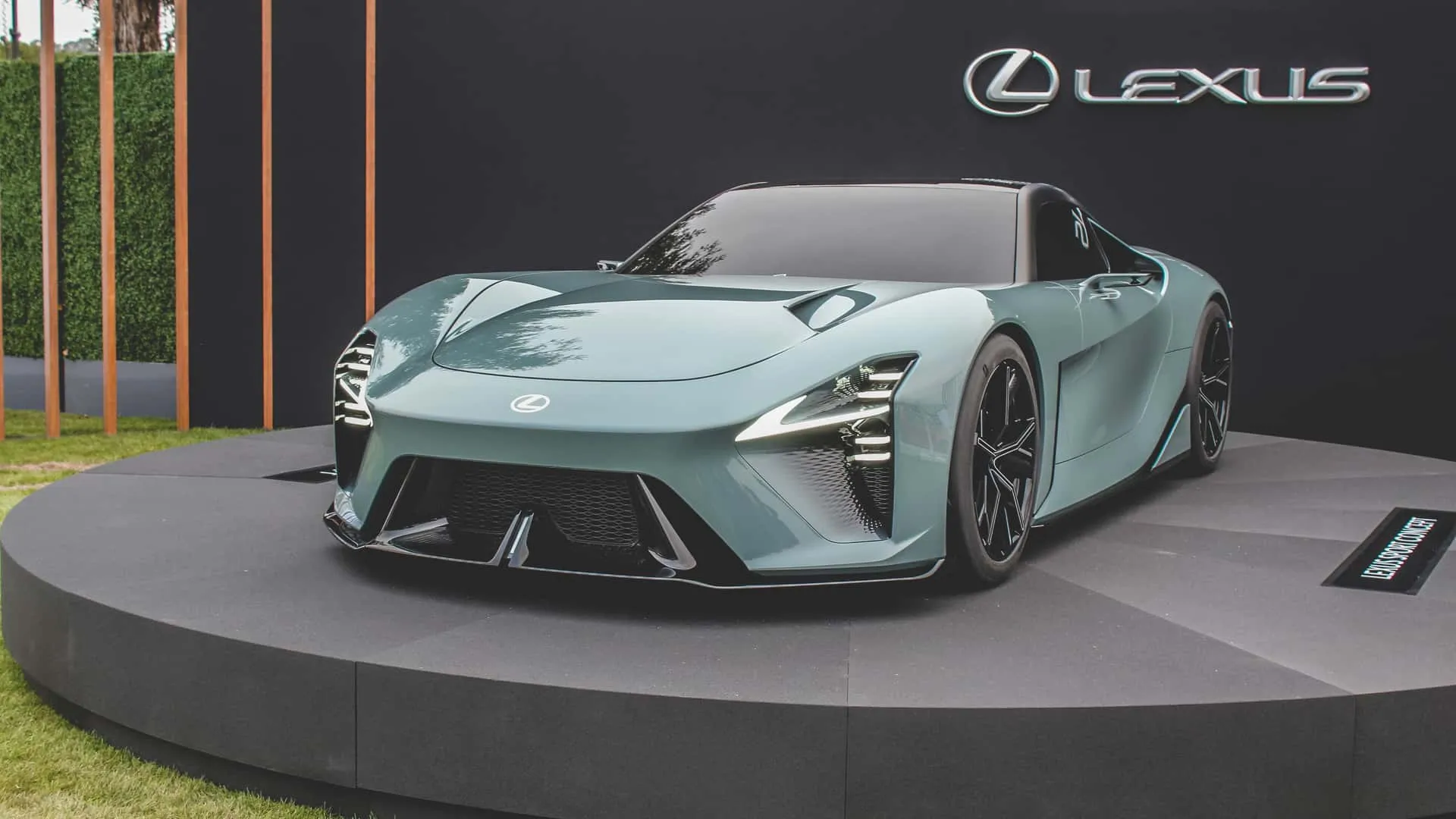
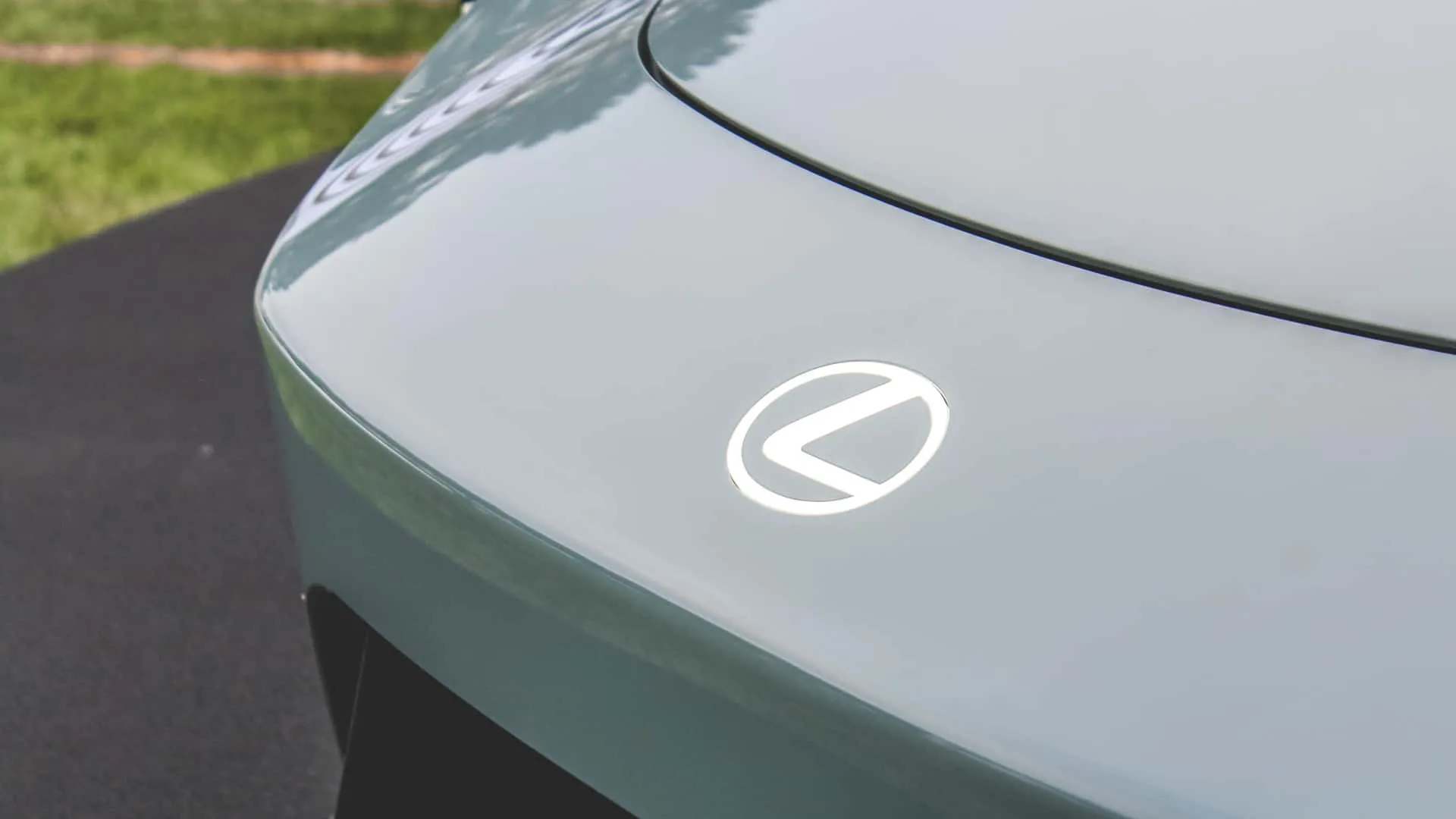
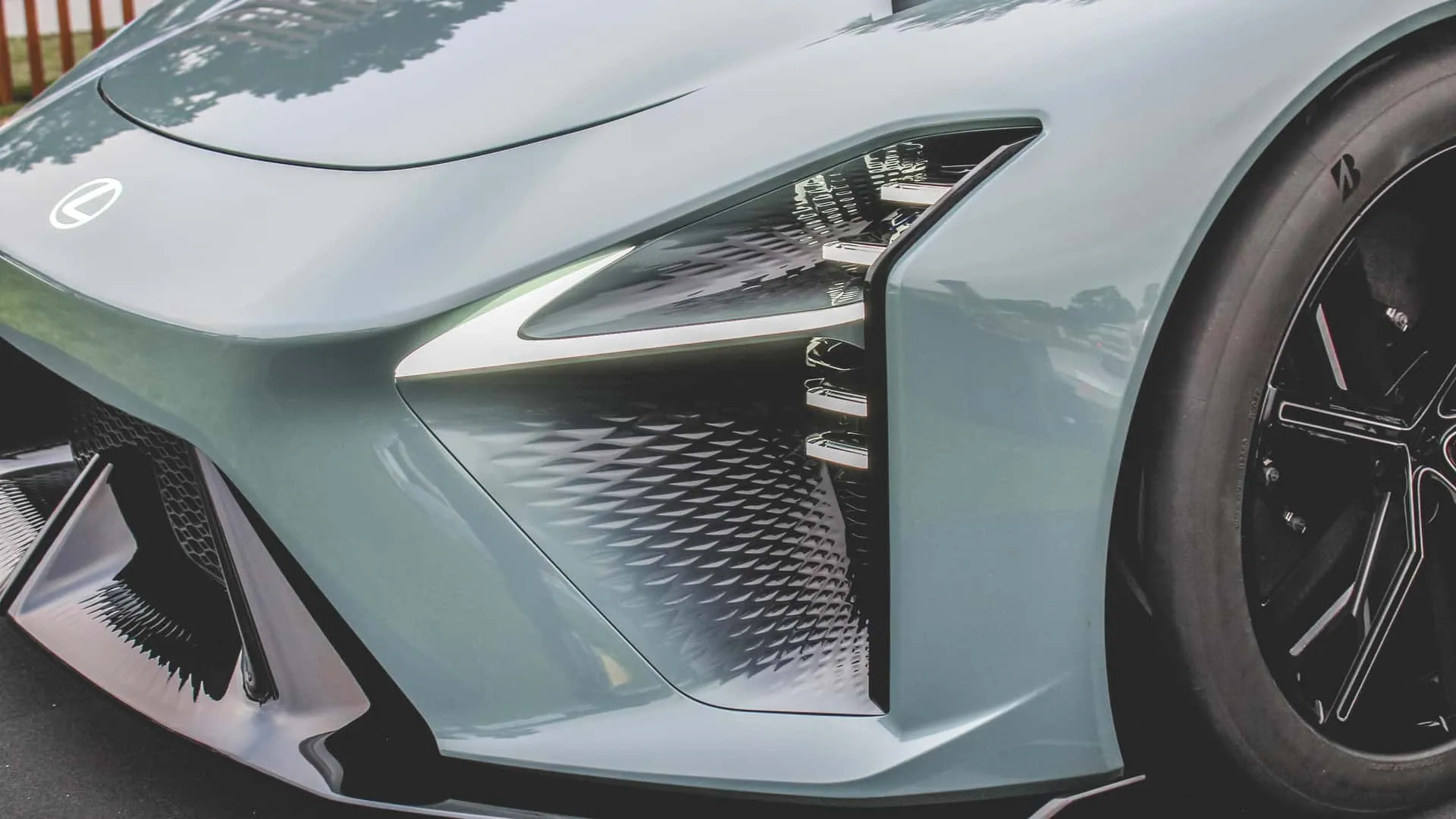
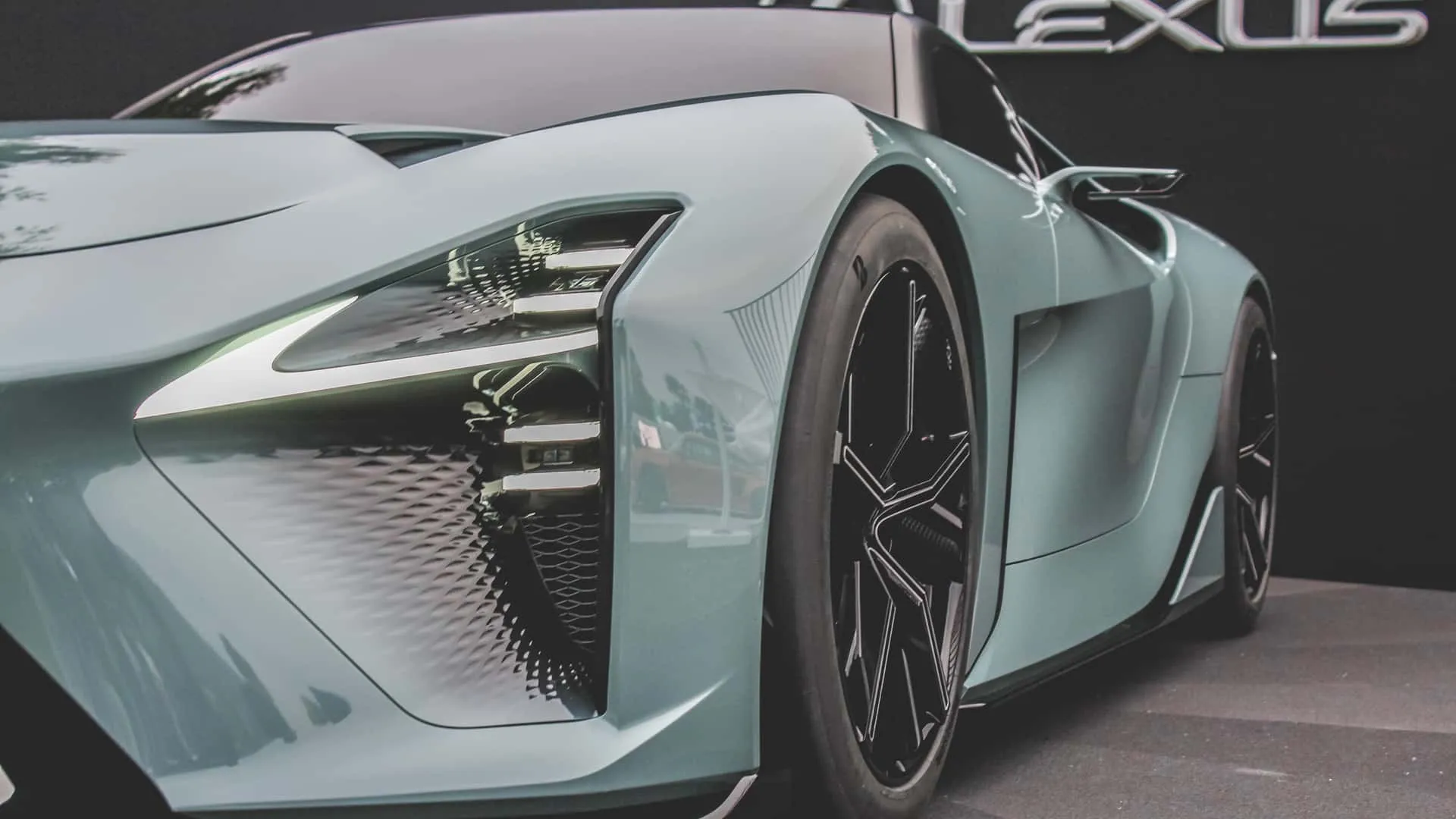
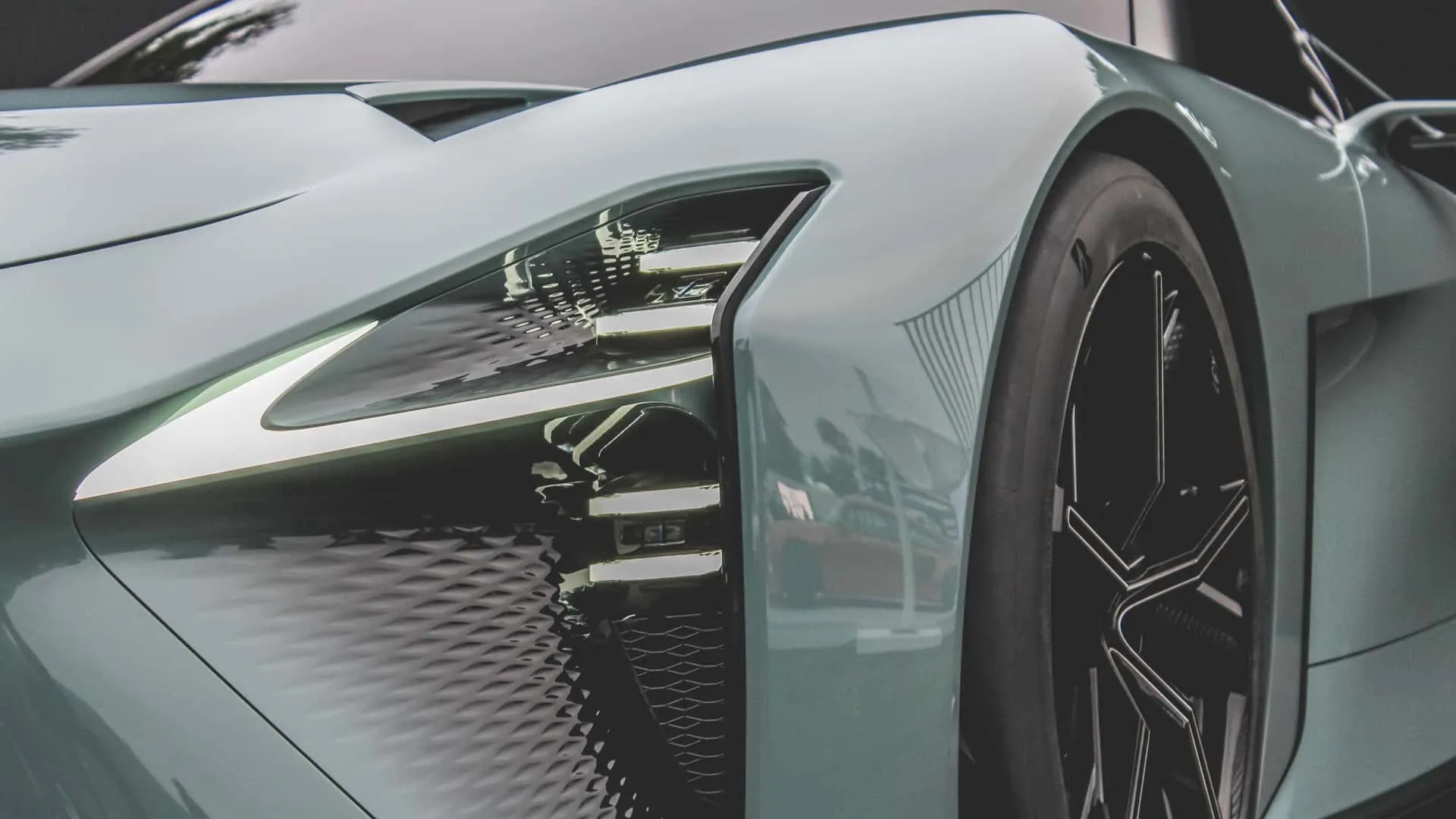
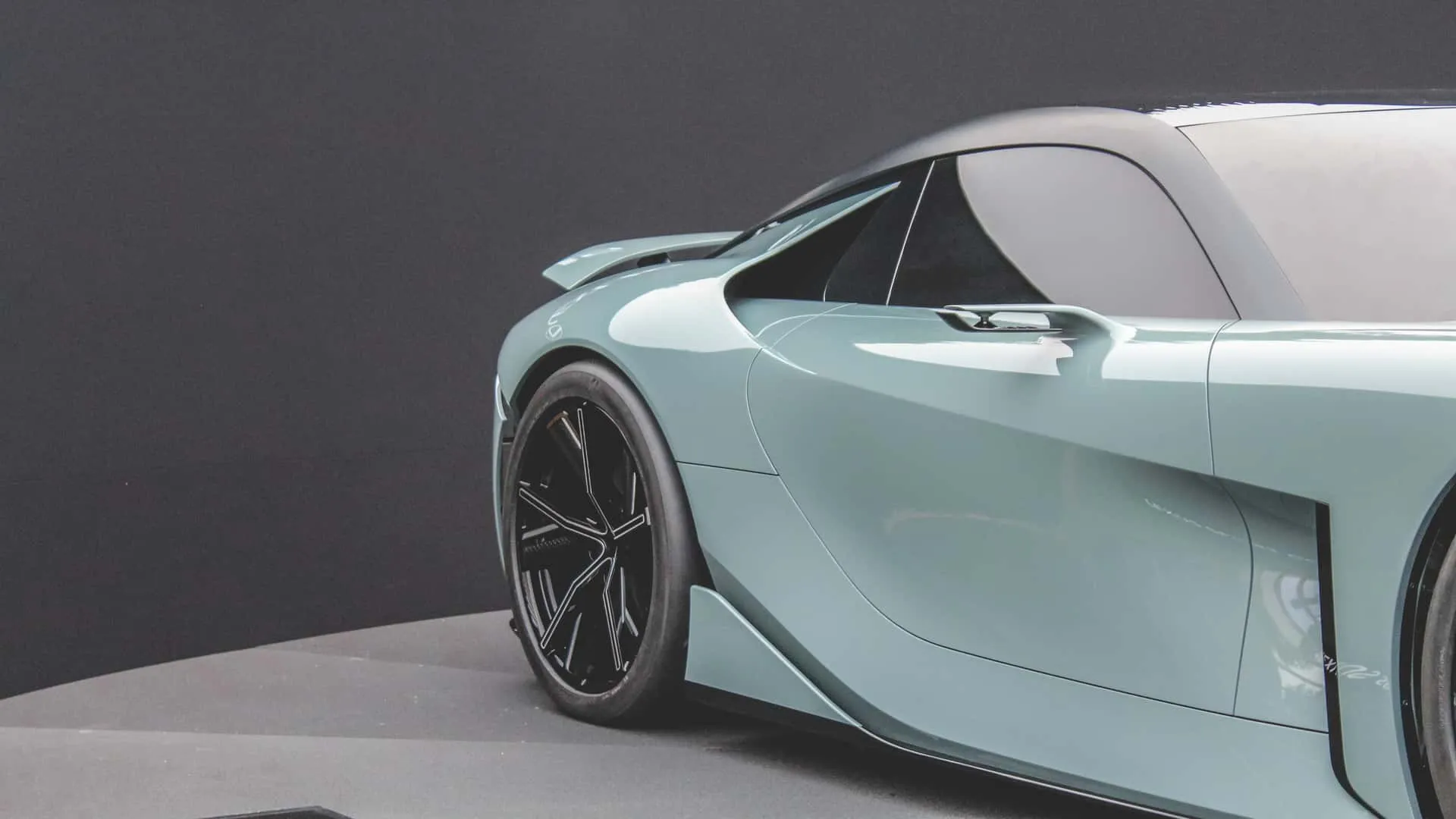









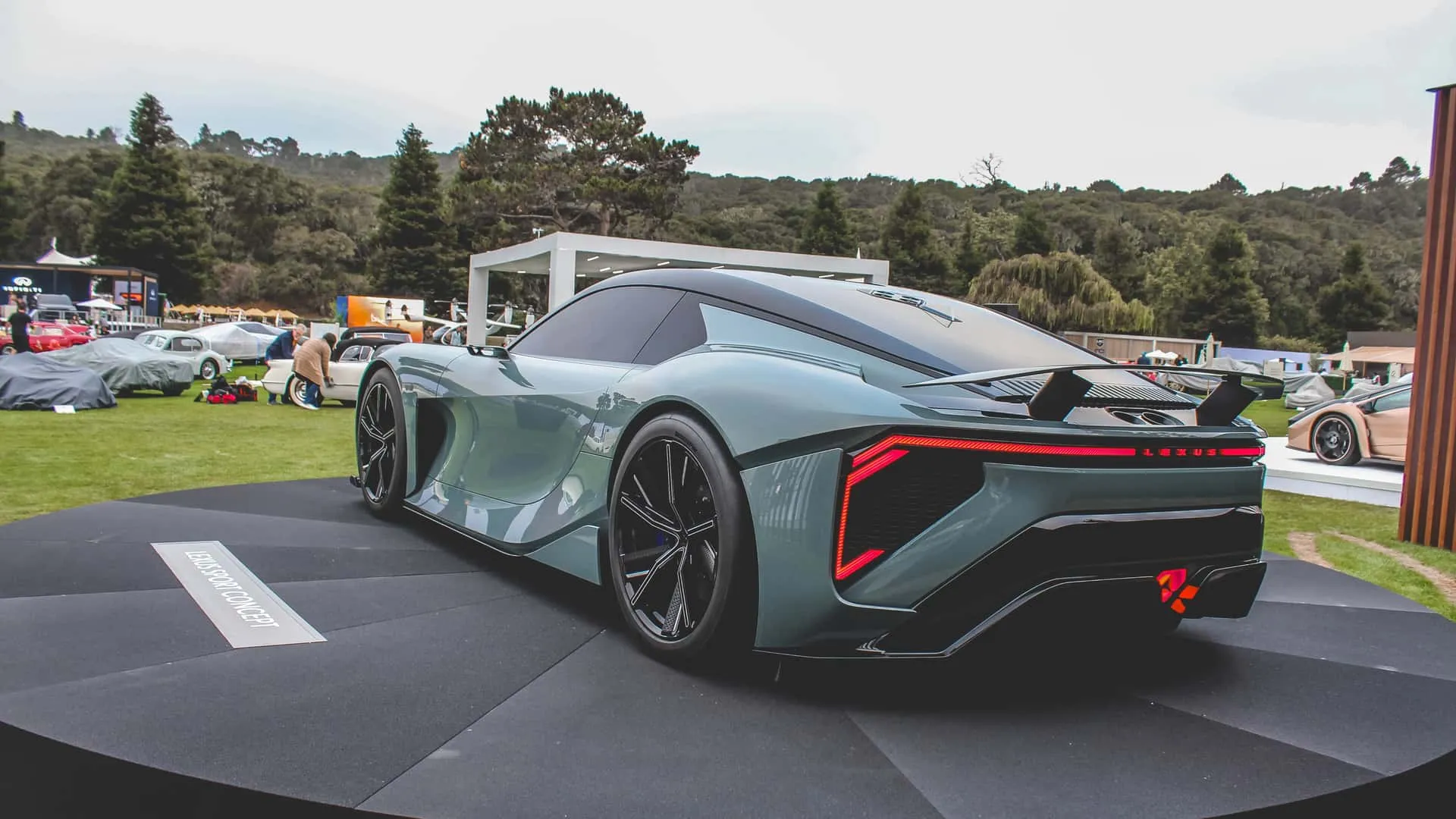

Author: Fabio Isidoro
Founder and editor-in-chief of Canal Carro, he dedicates himself to exploring the automotive universe with depth and passion. A car and technology enthusiast, he produces technical content and in-depth analyses of national and international vehicles, combining quality information with a critical eye for the public.








